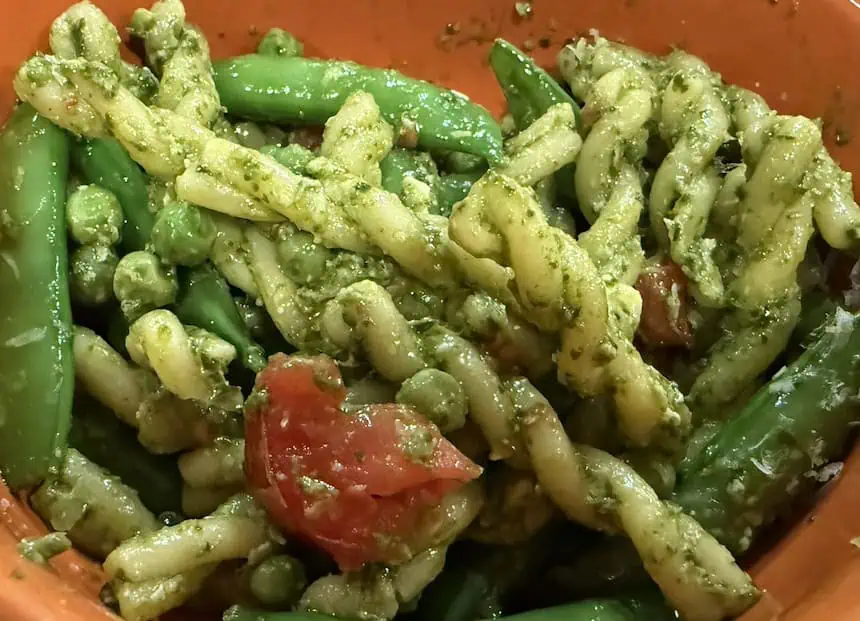
Source: ChatGPT
By Mike Markowitz
The Chainsaw of Stupidity: How America Is Driving Away the World’s Brightest Minds
For generations, the United States has been the world’s preeminent destination for the best and brightest minds in science, engineering, and technology. Our universities, research institutions, and entrepreneurial ecosystem have benefited enormously from this influx of talent, fueling groundbreaking advancements in fields ranging from artificial intelligence to space exploration. Yet today, under an administration that won office, at least in part, on a platform of ridding the country of undocumented immigrants — America is wielding what can only be described as a “chainsaw of stupidity,” making itself increasingly unattractive to the very individuals who have long driven our innovation economy.
One recent and egregious example of this self-sabotage comes from an incident involving a French space researcher traveling to a conference near Houston in early March. According to France’s Minister of Higher Education and Research, the researcher was denied entry to the U.S. and expelled. He had been randomly stopped on entry to the US and his phone was found to contain exchanges with colleagues and friends in which he expressed personal opinions on the Trump administration’s research policy. His professional and personal equipment was confiscated, he was held overnight, and he was sent back to Europe the following day. This is not only a shocking violation of free speech and due process but also a damning indictment of America’s increasingly hostile stance toward foreign talent.
If there had been legitimate evidence that this researcher posed a security threat, the appropriate course of action would have been to secure a warrant. Instead, his expulsion — based on nothing more than private communications — sends a chilling message to the global scientific community: dissenting views are unwelcome, and any critique of American policy can lead to punitive action. This is not the behavior of a confident, forward-looking nation but of one retreating into paranoia and self-inflicted decline.
Not an isolated instance
This incident is not an isolated case. It is part of a broader, dangerous trend that has seen America become increasingly unwelcoming to foreign scientists, engineers, and researchers, not to mention tourists Visa policies have been tightened, academic collaborations scrutinized, and foreign-born scholars subjected to heightened suspicion. The result? Many of the world’s most talented individuals are now looking elsewhere for opportunities.
Governments around the world have taken notice. Canada, for example, is actively recruited highly skilled immigrants and researchers through streamlined visa programs. European nations, including Germany and France, have ramped up efforts to attract international talent with generous research grants and expedited residency pathways. China, which once saw a brain drain to the United States, is now successfully luring back its best scientists with competitive salaries and state-of-the-art facilities. The loss for the United States is clear: we are no longer the default destination for the world’s top minds, and this erosion of talent will have long-term consequences.
The importance of foreign talent to the U.S. innovation economy cannot be overstated. Immigrants and first-generation Americans have founded or co-founded some of our most iconic technology companies, including Google, Tesla, and Intel. In the field of artificial intelligence alone, many of the leading researchers driving advancements are foreign-born. Continuing down this path of hostility and exclusion ensures the next generation of transformative breakthroughs will be made Toronto, Berlin, or Beijing, rather than in Silicon Valley or Boston.
Foreign talent is a competitive advantage
For decades, America’s openness to international talent has been a key competitive advantage. While we have lots of bright talent here, we have also drawn the best minds from every corner of the globe, and in doing so, we have maintained our leadership in science and technology. But leadership is not a birthright; it must be earned and maintained. By making the country unwelcoming to those who would continue fueling our technology machine, we are willfully ceding our position on the global stage.
The administration’s policies may be intended to appeal to a certain political base, but they come at an enormous cost. Science and technology are inherently global enterprises. When we alienate foreign researchers, we do not just lose individuals, we lose collaborations, partnerships, and access to the collective knowledge that drives progress. We isolate ourselves in a world that is becoming more interconnected, and in doing so, we accelerate our own decline.
The solution is clear. If the United States wishes to remain a leader in science and technology, it must reverse course. We must reaffirm our commitment to being a welcoming destination for the world’s best and brightest. This means implementing policies that facilitate, rather than obstruct, the ability of top researchers to study, work, and innovate in the U.S. It means protecting academic freedom and ensuring that individuals are not punished for expressing opinions, even those critical of government policy. And it means recognizing that the strength of our innovation economy has always rested on our ability to attract and retain global talent.
America has long prided itself on being a beacon of opportunity and progress. But opportunity and progress are not guaranteed. They are choices we make. And if we continue to choose exclusion, fear, and isolation, we will not only lose the talent that has driven our success — we will lose the very future we seek to build.
Hard to believe I can still be hungry these days, but I gotta eat.

Extra Green Pasta Salad, Adapted from Andy Baraghani, NYTimes
Spring is springing. We have a few crocuses in our yard, harbingers of the changing season, and the stems of other perennial flowers are showing signs of life and peeking up through the cold ground. I’ve even managed to get in a few short (15-20 mile) bike rides outside. There are lots of reasons to love the Springtime.
This pasta salad, with an easy and delicious sauce of pureed basil and spinach, with miso, garlic, lemon, and olive oil, is something that practically screams Spring! It can be served hot or cold, too.
I’ve made this multiple times and it is always a hit. This time, I added some chopped Roma tomatoes, both for that hit of “Italian Flag” colors and for their mild acidity.
Moreover, this recipe suits my vegetarian friends, who tell me I don’t share enough recipes for them. My vegan friends, too, can enjoy it by leaving out the Parmesan cheese or replacing it with a Vegan alternative.
Enjoy!
Extra Green Pasta Salad, Adapted from Andy Baraghani, NYTimes
Time: 40 minutes
Serves: 4-6
Ingredients:
- Salt and pepper
- 1 pound short-cut pasta (such as rigatoni, campanelle or fusilli)
- 3 cups / 8 ounces sugar snap peas
- 1 cup frozen English peas
- 3 packed cups/3½ ounces baby spinach
- 2 packed cups/1½ ounces basil leaves, plus more for serving
- ½ cup extra-virgin olive oil
- 2 tablespoons white miso
- 1 garlic clove, crushed
- Zest and juice from 1 lemon
- 4 Roma tomatoes chopped (or a pint of cherry tomatoes, halved)
- 4 ounces Parmesan (or other firm salty cheese, such as feta or aged Gouda), thinly sliced
Preparation
- Bring a large pot of water to a boil, then throw in a handful of salt. Add the pasta, give it a stir and cook until al dente. Just before draining, add the snap peas and English peas to the boiling water to barely soften, 20 to 30 seconds. Drain the pasta and peas, and rinse lightly with cold water; set aside.
- While the pasta water comes to a boil, place the spinach, basil, oil, miso, garlic, and lemon zest and juice in a blender. Blend to a bright green purée. Taste and adjust seasoning with salt and a few grinds of pepper, then blend again.
- Transfer the purée to a large bowl that is big enough to toss all the pasta. Add the pasta and peas, and toss until coated. Season to taste with salt and pepper. Add the Parmesan, tomatoes, and more basil leaves. Toss once more before serving. Can be served hot or cold!
Enjoy!
Mike Markowitz is editor-in-chief of the Ojo-Yoshida Report. He can be reached at [email protected].
Copyright permission/reprint service of a full Ojo-Yoshida Report story is available for promotional use on your website, marketing materials and social media promotions. Please send us an email at [email protected] for details.
